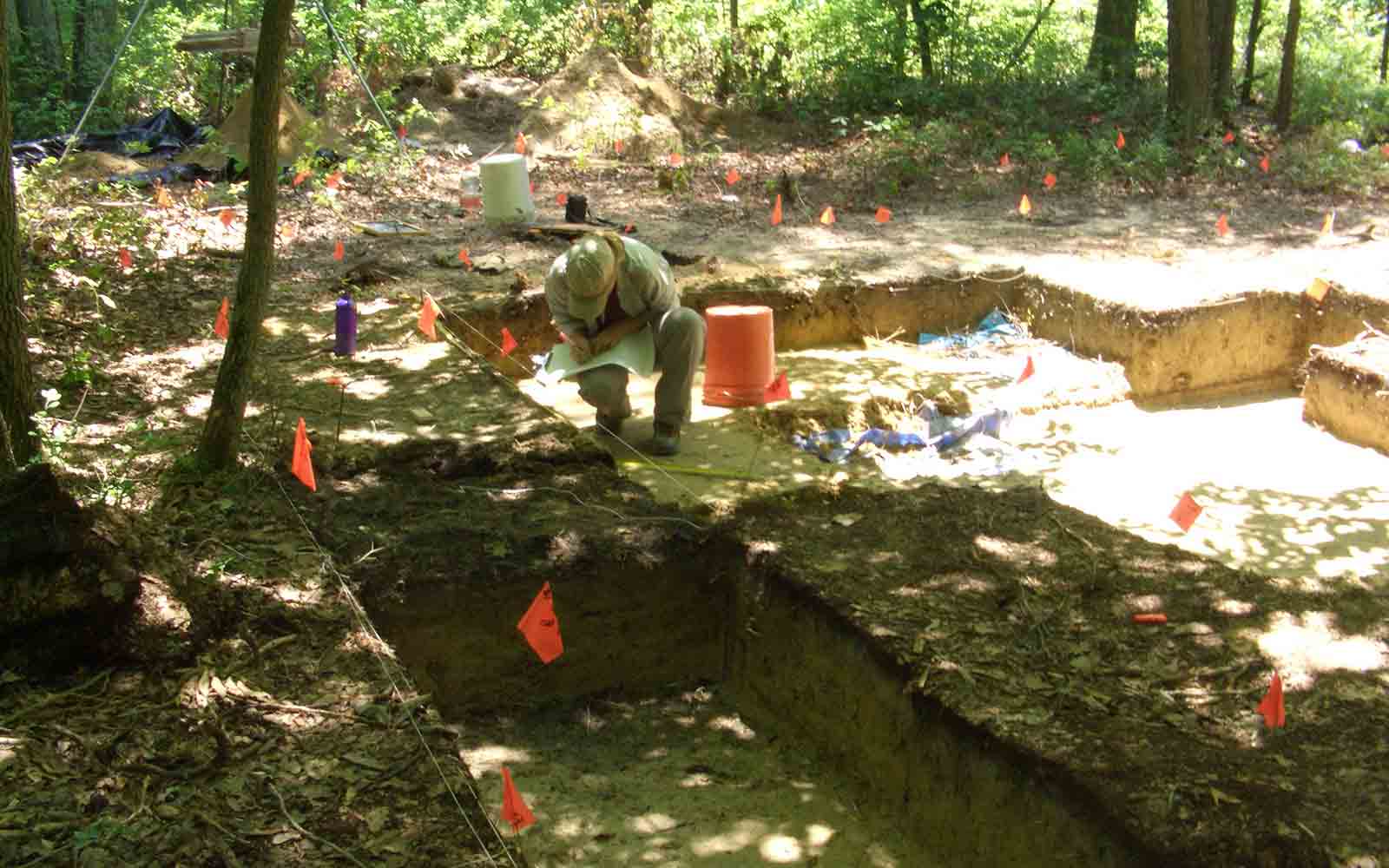Encountering unforeseen complexities during a project can often lead to frustration, particularly when these are due to the requirements of archaeology and historical preservation. It’s understandable that the significant influence of a field perceived as potentially unnecessary on contemporary development projects might come as a surprise. There is a broad consensus that preserving our historical legacy for future generations is a noble goal, yet when faced with the immediate impacts of such preservation, it’s common to seek a figure to attribute these obligations to. In this context, the spotlight falls on Richard Milhous Nixon.
The journey toward embedding historical preservation into the fabric of American policy began long Nixon’s administration. It traces back to 1858 with the Mount Vernon Ladies’ Association acquiring George Washington’s homestead, aiming to safeguard it for posterity. By 1933, the Historic American Buildings Survey (HABS) was launched by the National Park Service, marking the first federal effort to document the United States’ architectural heritage. However, this initiative did not extend to archaeological concerns.
A significant milestone was reached in 1966, when President Lyndon B. Johnson enacted the National Historic Preservation Act (NHPA). This legislation introduced a mandate for considering historic preservation in federally funded or undertaken projects, establishing both the Advisory Council on Historic Preservation and the National Register of Historic Places. Section 106 of the NHPA delineated the procedures and criteria for assessing and mitigating potential impacts on cultural resources, a directive further supported by the 1969 National Environmental Policy Act (NEPA). Despite these advances, early challenges in enforcement meant that the ambitions of these statutes were not fully realized.
President Nixon recognized the gap between legislative intent and practical enforcement of the NHPA and NEPA’s historic preservation mandates. On May 15, 1971, he issued Executive Order 11593, “Protection and Enhancement of the Cultural Environment,” which underscored the Federal Government’s role in leading the preservation of America’s historical and cultural heritage. This executive order delegated the enforcement of historic preservation laws to the Secretary of the Interior, effectively providing the necessary enforcement mechanism to ensure the objectives of the NHPA and NEPA were met.
Thus, when navigating the complexities of modern development projects intersecting with the imperative to preserve our cultural heritage, it is pertinent to acknowledge the foundational role played by Nixon’s executive order in establishing a framework for responsible stewardship of our nation’s historical resources.


